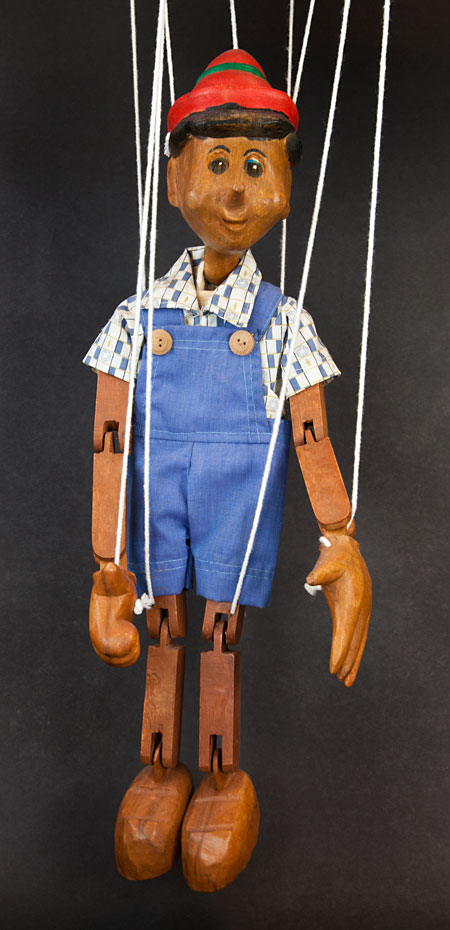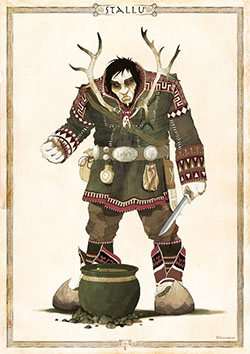OVERVIEW
Intangible – language and oral traditions, performing arts, social practices and traditional craftsmanship, telling stories - Music - Dance - Food - Language (including expressions/idioms) - Clothing - Handy crafts - Rituals/special ceremonies and performances.
The teams started by identifying intangible heritage: reading a tale/legend in class.
Cultural artifacts from our own culture were collected and we focused on the stories that come with these artifacts.
An example of an Italian artifact was chosen.

PINOCCHIO, the wooden puppet
...and the story by Collodi. Take a look at the following link to read the story of Pinocchio edited by Michele Tursi, our literary critic!
Class discussion was issued.
An example of a Finnish artifact was chosen.

Stallu belongs to Sami mythology and he was a tall and crude man.
The students were given some background information to go deeper into the issue of intangible cultural heritage.
The Main activity was focused on the groups thinking of an object (Pinocchio, Stallu) that represents a cultural aspect from their country.
After finding the picture in the 'Handbook for Teachers' some questions were debated:
- What does this object represent about our own culture?
- What does this object say about the values/beliefs in your country?
- What values does the object display?
They thought about the role of a cultural anthropologist who seeks to understand the internal logic of a society in regards to human behavior, customs, relationships, belief systems and ritual,in that he/she interprets tangible cultural heritage to understand peoples' thoughts and beliefs to gain a more comprehensive picture of the culture of a society.
They were able to realize that the aspects of intangible cultural heritage portray the value and belief systems in the country.
Furthermore, to illustrate the topic effectively some PROCEDURAL INSTRUCTIONs were given:
- What do the objects represent about the culture?
- What values/beliefs are demonstrated through the objects?
The students recognized that tangible objects (buildings & artifacts) reflect intangible aspects of a culture.
The discussion went on considering Culture as a poliedric element, a many-faceted colourful prism.
They discussed about how artifacts/objects, statues and buildings demonstrate tangible cultural heritage and how these objects also represent or show the values/beliefs and rituals of a society.